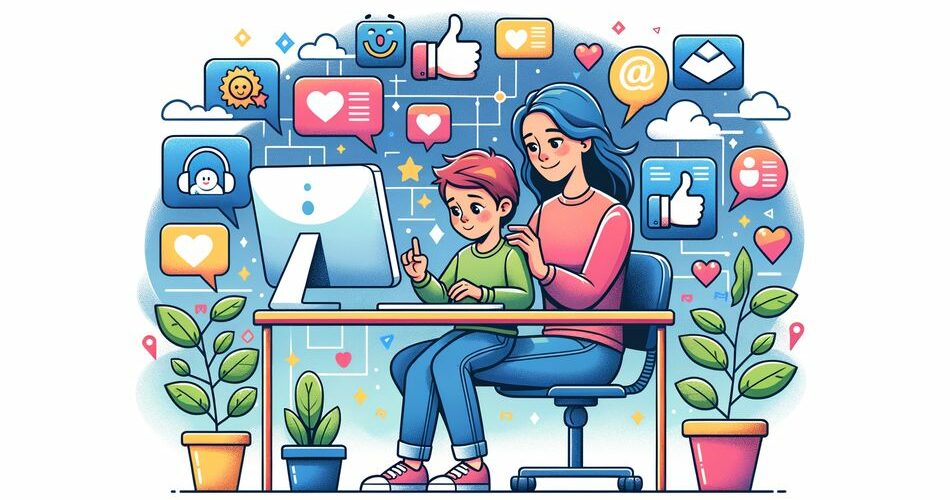Welcome to Growing Together, where we provide expert parenting tips and child development advice. Today, we delve into an increasingly relevant topic — Digital Parenting 101: Guiding Your Child’s Screen Time and Online Behavior. As technology becomes more pervasive, managing screen time and online behavior has become one of the most crucial aspects of modern parenting. Whether your child is a newborn or a teenager, read on to discover valuable insights and strategies for navigating the digital landscape.
Understanding the Digital Landscape
The first step in guiding your child’s screen time and online behavior is understanding the digital landscape. Today’s children are growing up in a world where screens are ubiquitous, and digital literacy is essential. However, this accessibility comes with risks, including exposure to inappropriate content, cyberbullying, and the potential for addiction.
Knowing the types of devices your child uses—be it a smartphone, tablet, or computer—is crucial. Familiarize yourself with popular platforms, apps, and websites that your child might explore. This understanding will enable you to set effective boundaries and guidelines.
Setting Boundaries with Screen Time
One of the most pressing issues for parents is setting limits on screen time. The American Academy of Pediatrics (AAP) provides a useful framework for different age groups:
- 0-18 months: No screen time, except for video chatting.
- 18-24 months: Introduce high-quality educational content with parental involvement.
- 2-5 years: Limit to one hour of high-quality programming per day.
- 6 years and older: Consistent limits ensuring digital media doesn’t interfere with sleep, physical activity, and other essential behaviors.
Implementing these guidelines can be challenging but consistency is key. Develop a family media plan that outlines when, where, and how screens can be used. Establish ‘screen-free’ zones such as bedrooms and dining areas to encourage face-to-face interaction and healthier habits.
Guiding Online Behavior
Establishing Digital Etiquette
Teaching your child proper digital etiquette is essential. This includes understanding the impact of their online actions and fostering respectful communication. Discuss the importance of not sharing personal information and recognizing safe websites. Encourage your child to speak up if they encounter bullying or inappropriate content.
Modeling good behavior yourself is one of the most effective ways to teach digital etiquette. Children are keen observers and often emulate their parents’ actions. Show them how to interact respectfully online and uphold their digital integrity.
Monitoring and Using Parental Controls
Regularly monitoring your child’s online activity can help you guide their behavior effectively. Many devices and apps come with built-in parental controls that allow you to restrict access to certain content, set usage time limits, and monitor online activity.
However, it’s essential to strike a balance. While monitoring is necessary, it should not invade your child’s privacy or create an atmosphere of mistrust. Aim for open communication about why monitoring is essential and what it entails.
Promoting Offline Activities
Another crucial element of digital parenting is encouraging offline activities. Promote hobbies and activities that don’t involve screens to create a well-rounded routine. These could include sports, reading, arts and crafts, or spending time in nature.
Organize family activities that emphasize real-world interactions. This not only limits screen time but also strengthens family bonds and helps develop essential social skills.
Conclusion
Guiding your child’s screen time and online behavior is a multifaceted challenge that requires understanding, communication, and consistent efforts. By setting boundaries, teaching digital etiquette, monitoring activity, and promoting offline activities, you can help your child navigate the digital world responsibly and safely.
At Growing Together, we’re committed to supporting your parenting journey with valuable resources and expert advice on child development. Keep exploring our blog for more insights and tips on raising well-rounded, healthy, and happy children in today’s digital age.

